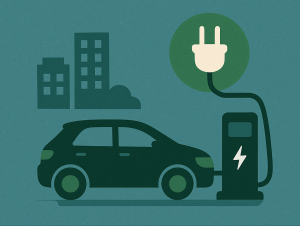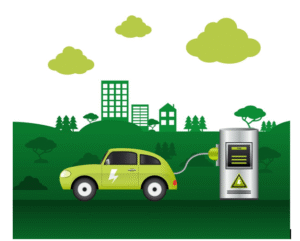An obvious question with so much projected on Distribution Franchisee (DF) model is:
What real gains both the utility and end-consumers could expect coming out of the Distribution Franchisee model?
While Bhiwandi implementation of Distribution Franchisee has shown increased consumer satisfaction for improved service levels, but it is yet to be proved conclusively that the model has brought any significant monetary gains to the utility. The slow emergence of a potential impactful model (distribution franchisee) amidst opposition – from utility employees and end-consumers, could be attributed to missing INFORMATION and transparency. Opposition from utility employees is obvious as DF with its flavor of privatization is based upon driving cost efficiency by increasing productivity and hence reducing on numbers of utility employees. But opposition and fear from end-consumers is little less understood, when it doesn’t matter that same power at same tariff (decided by State regulators & common to the state) comes from utility or DF. May be this fear from end-consumers has some roots in weaken regulation/enforcement or mis-information or perceived apprehensions.
In any case, going forward there are many questions, that needs clarification to smoothen resistance, but more importantly to engage all stakeholders well to co-create sustainable solutions. A few of importance are:
- With reduced AT&C losses from 50+% to order of 15% and reduced administrative & operations costs, could it be expected to see decreasing power tariffs (or atleast no changes for 5-10 years inspite of rise in power procurement costs) as realised by end-consumers? If and how does DF monetary gains could be shared with its end-consumers?
- Since there is only one state level tariff plan prepared, consolidating audit reports from each circles/zones, the good and bad performances of different circles (including that of Franchisee’s) get mixed to create one tariff plan. So in such case unless more decentralization penetrates in distribution, that DF circle end-consumers cannot expect their tariff plan alone to be improved. If however DF model scales all through out the state, then combined benefits could still bring common savings to all state end-consumers.
- Above would also mean that even if one circle’s management did a poor job of cutting its AT&C losses, there is no way of penalizing them independently. The entire state end-consumers get penalized equally. This is one serious missing incentive structure that has plagued utility’s performance.
- How does exactly DF implementation improves profitability of the utility?
- What are financial calculations that local utility has to consider to make a strong case for bringing in Distribution Franchisee over business-as-usual case? What profits (if any) can utility expect by leasing out its assets for 15 years to Distribution Franchisee?
- How does the effective cost of distribution to local utility is accounted in setting benchmark input rates and its locking for next 15 years? We only hear the price realization terms like ABR (Average Billing Rate) and tariff setting term ARR (Aggregate Revenue Requirements) in RFP, but no comparison of these with actual cost of distribution.
- Has post DF termination and appropriate depreciation of assets already being accounted in investment decision making?
- Is utility prepared to take charge again post DF tenure or will it re-lease another DF term or there will be full privatization?
Post by: Rahul Bagdia @ pManifold



